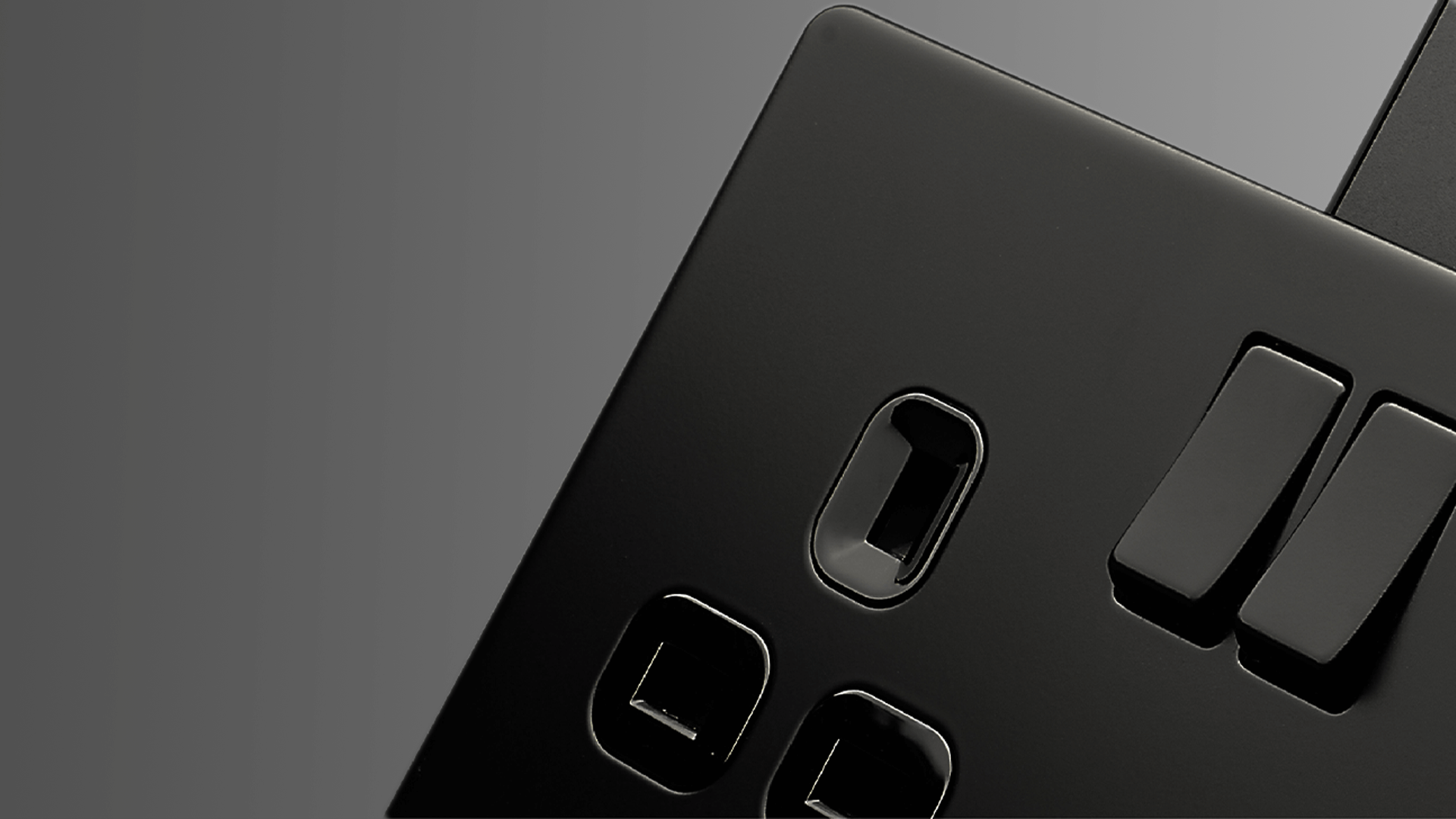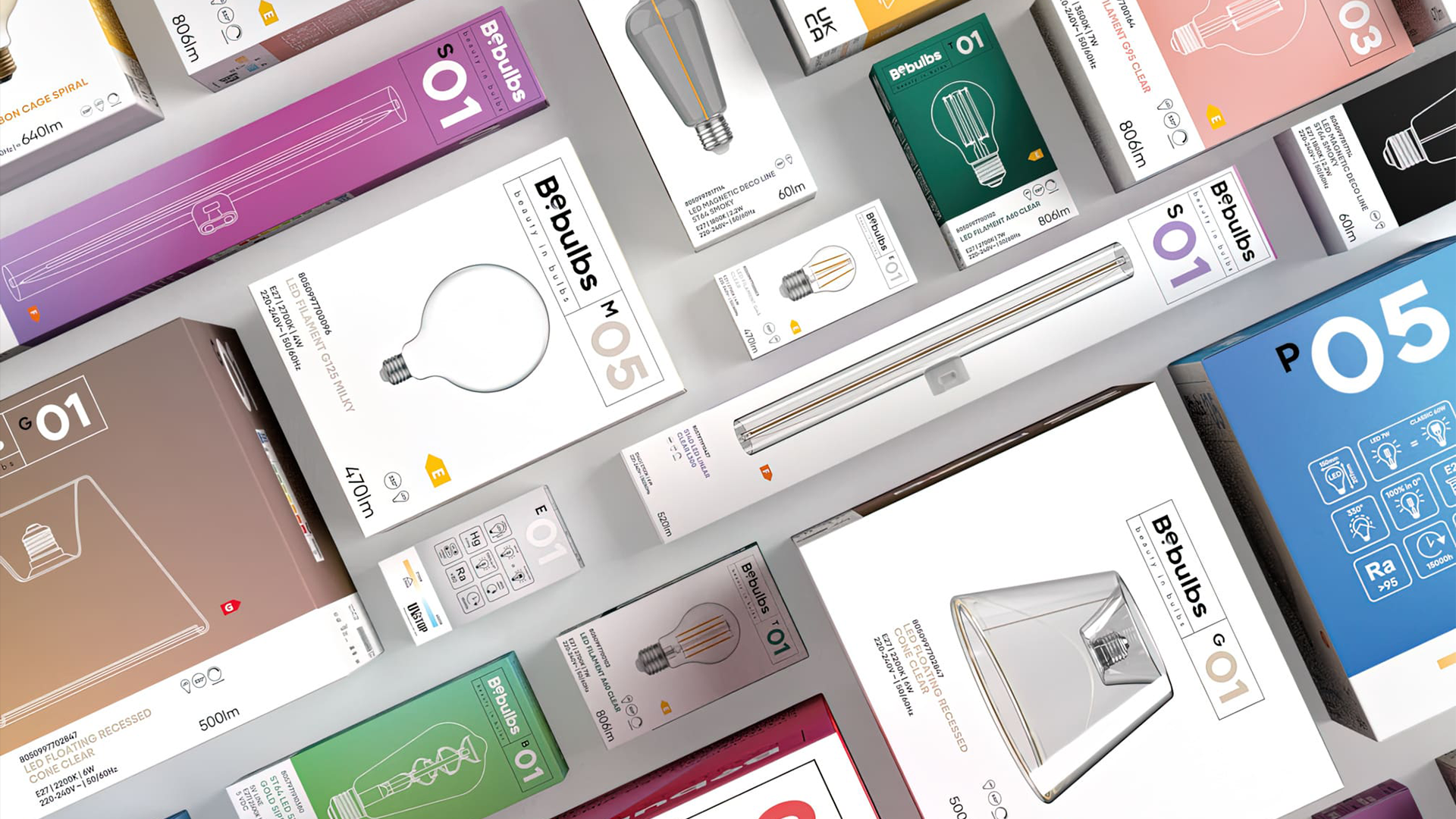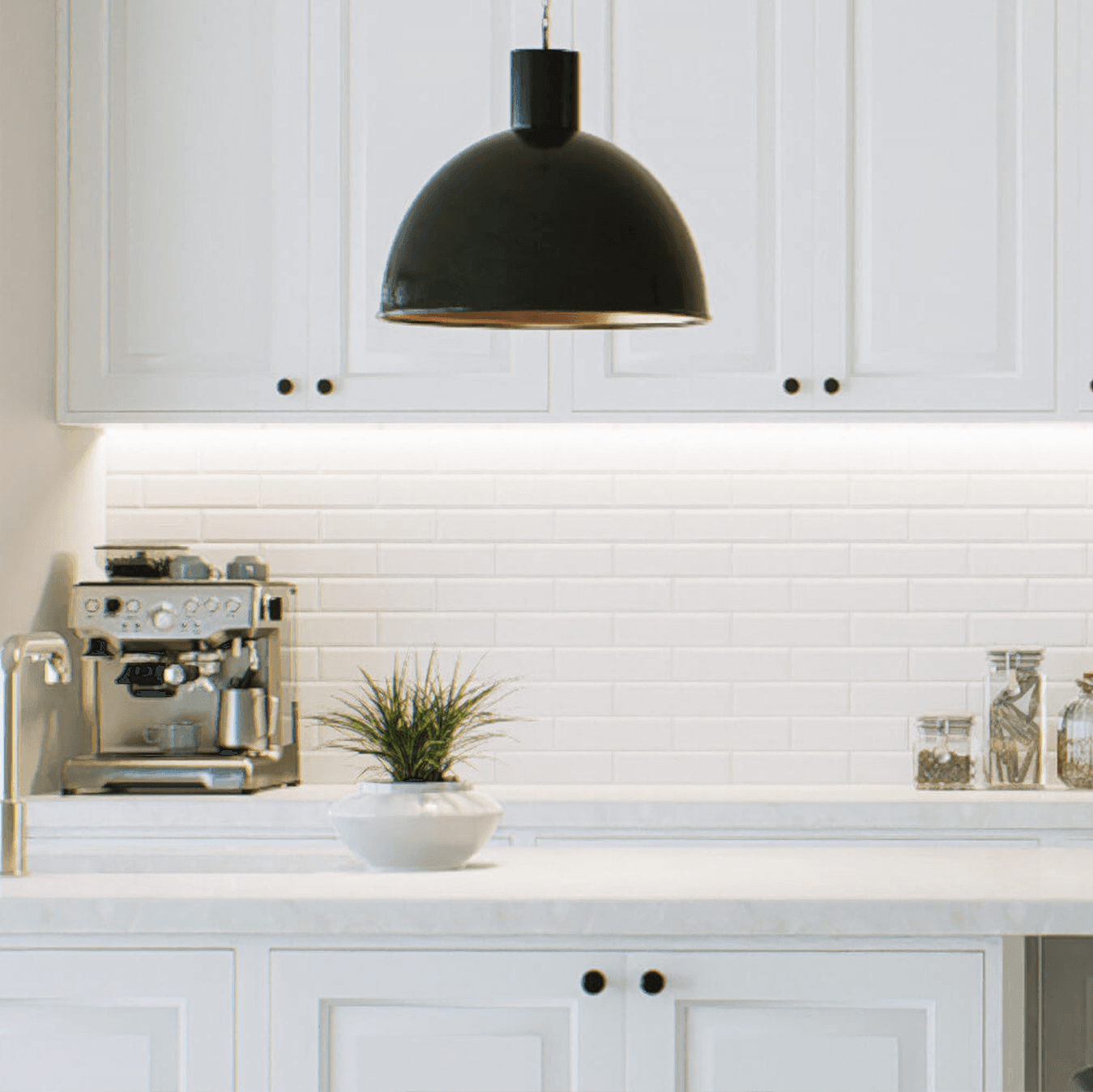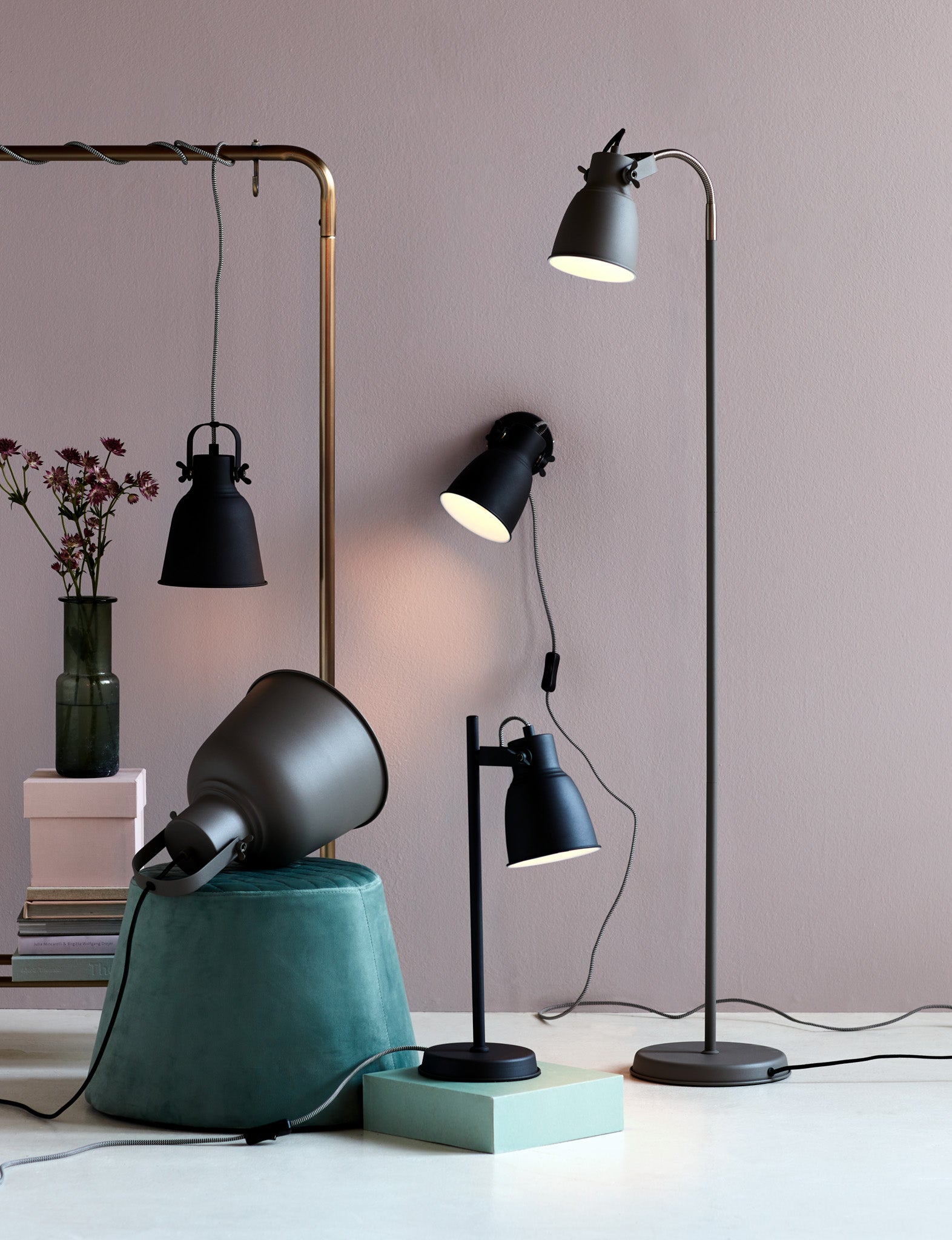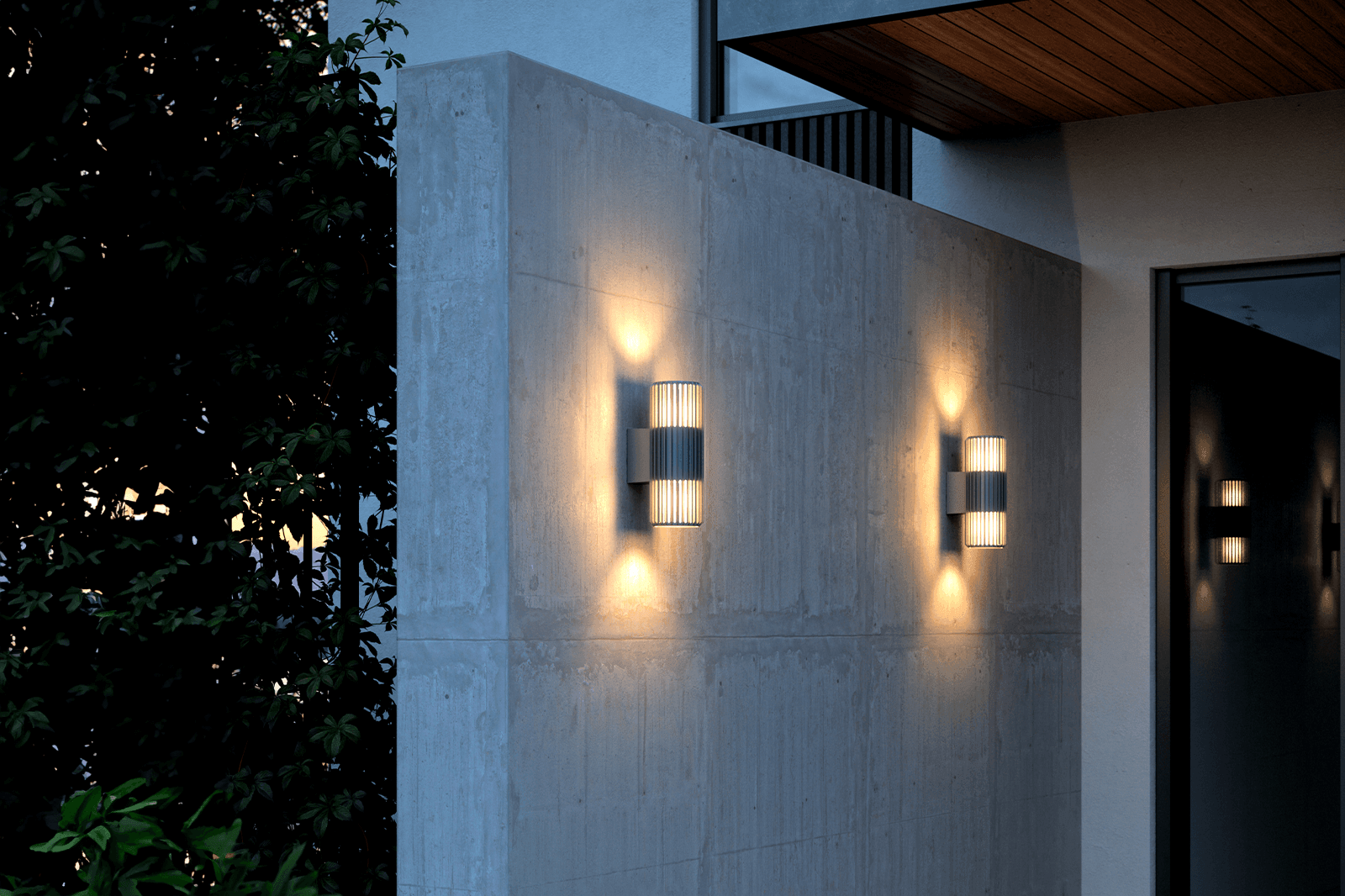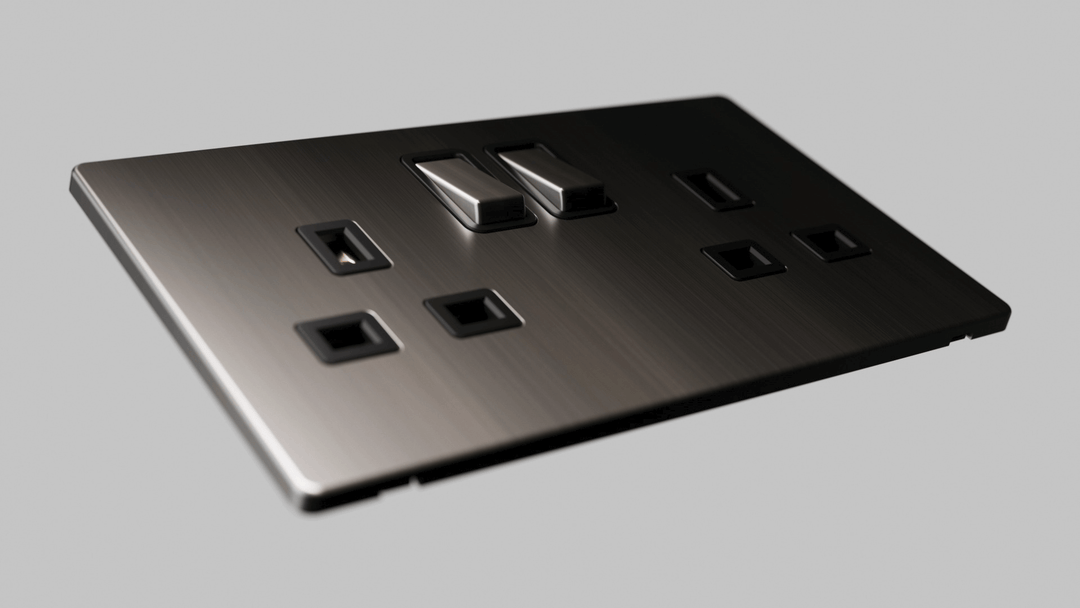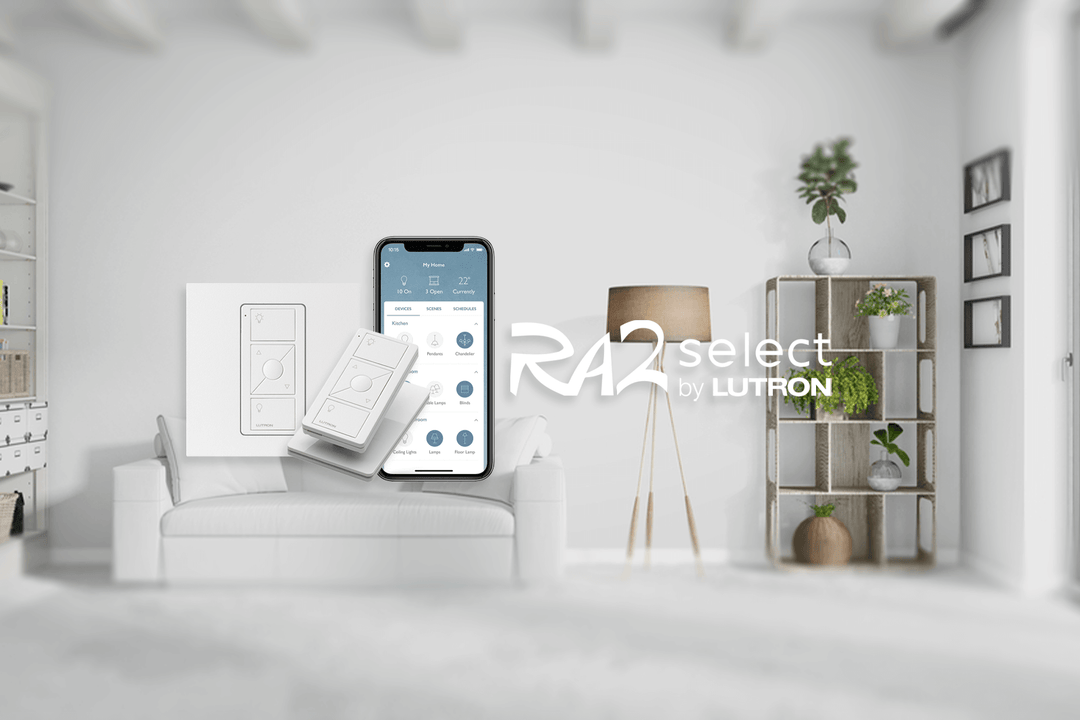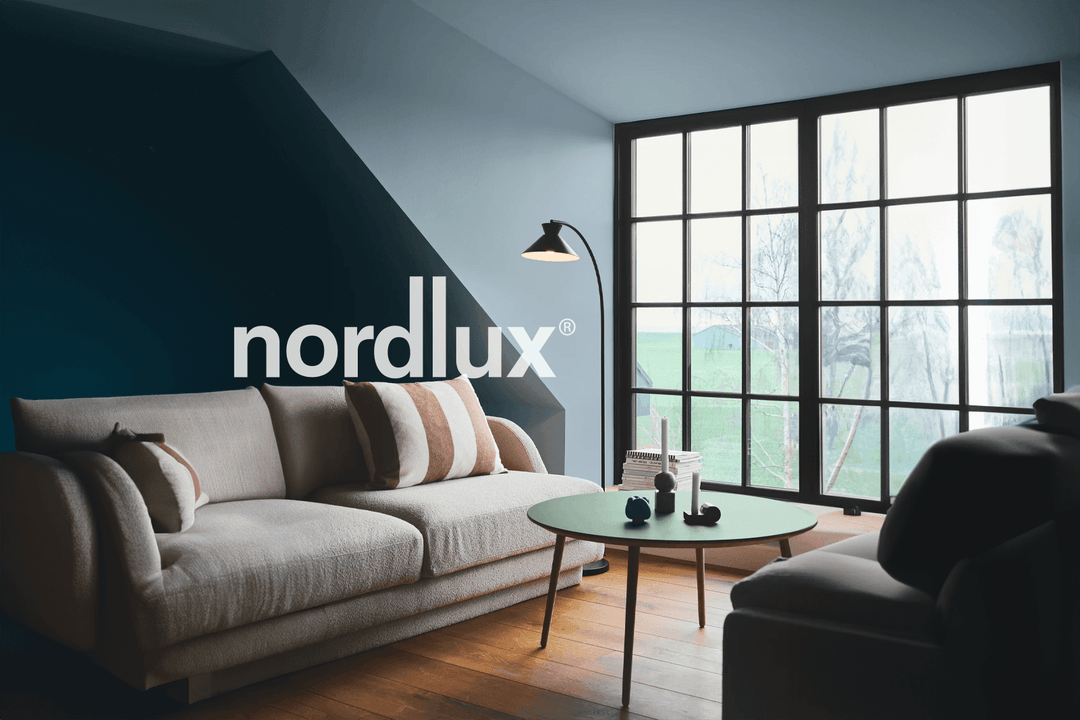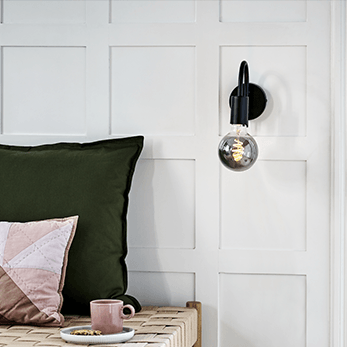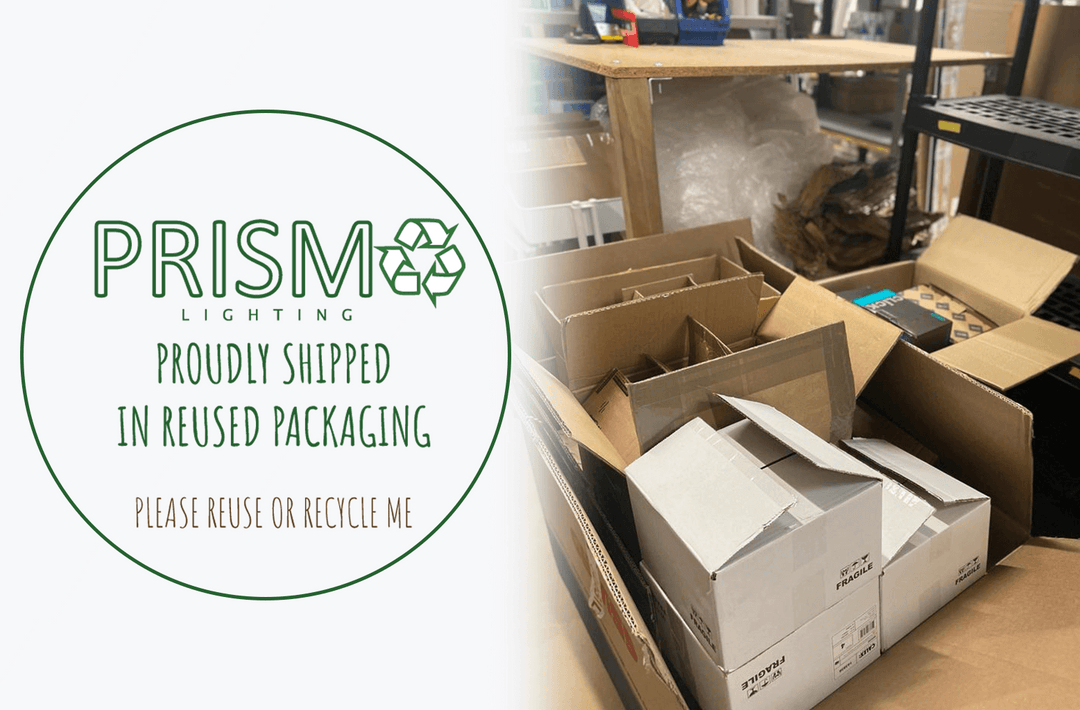HOW TO CHOOSE THE RIGHT LED DOWNLIGHT?

INTRODUCTION TO LED DOWNLIGHTS
A recessed light, often known as a downlight, is a type of light fixture that is put in a hollow aperture in the ceiling. When placed, it looks to have light coming from a hole in the ceiling, focusing the light downward as a broad floodlight or compact spotlight. LED downlights are integrated into the ceiling to provide a seamless accent in any area. While you may like
the sleek design, you may not be aware of all of the aspects that go into generating optimum lighting in your home or office. The article ‘How to choose the right LED Downlight?’, will help you know about what kind of a led downlight is perfect for your house.

REASONS TO MODERNNIZE LED DOWNLIGHTS?
LED lights, without even a question, use less energy to operate. When compared to lightbulbs, LED downlights to conserve up to 80% on electricity and halogen lighting, you save 75% on power. As a consequence, you save money on your utility expenses.
LED downlights do not contain any dangerous solids, liquids, or gases like mercury or tungsten. As a result, they are good for the environment and our families. They also use direct illumination, which means they don't produce the same amount of light pollution as standard lighting. Furthermore, because LEDs emit cool light, they are great for indoor plants, which improves the air quality in your house. LEDs reduce your carbon footprint by up to a third due to their ecologically friendly nature.

KELVIN TEMPERATURE COLOUR & BRIGHTNESS LEVELS
The colour temperature of LED downlights is measured in Kelvins (K). This is true for both LED lights and any other form of the light bulb. Cooler colours are produced by higher Kelvin temperatures, whereas warmer colours are produced by lower K values. Kelvin temperatures vary from 2700K to 6500K. In addition, the term "temperature" has nothing to do with how hot a light bulb feels to the touch.
LED lights are available in a variety of colours, ranging from mellow yellows to dazzling whites. Warm light is characterised by yellows, reds, and oranges. The colour of the cool light is blue or greenish. Light seems sharp and white between the two. When replacing light bulbs, it is critical to consider the LED colour temperature because it influences how things seem in a space, how well we see things, our moods and emotions, and may even interfere with our normal sleep cycles Warmer tones are preferred indoors, with cooler colours reserved for workrooms, garages, and even outside illumination.
BRIGHTNESS LEVELS
When selecting LED downlights, one of the first considerations should be the brightness level. A downlight's brightness is measured in lumens rather than watts. While they are interconnected in many ways, they do not measure the same thing. As a result, when comparing downlights, the greater the lumens, the brighter the light. As a result, you should select the brightness of the downlights based on the room in which they will be installed.
BEST PICK OF COLOUR FOR YOUR HOUSE–LED COLOUR TEMPERATURE SCALE.
Warm White Light
Warm White Light has a temperature range of 2700K to 3500K. This generates a tranquil and soothing glow that is ideal for bedrooms, living spaces, and rooms or eateries.
Cool White Light
The colour temperature of cool white light ranges from 4000K to 5000K. This is a bright and clear beam of light that is ideal for parking, alarm systems, businesses, and retail establishments.
Daylight White Light
The colour temperature of daylight white light ranges from around 6000K to 7000K. These are useful in industrial and commercial applications, as well as in other circumstances where you wish to increase awareness.

IC RATING.
Insulation Contact is abbreviated as "IC." The IC rating is simply a measurement used to establish whether or not a recessed downlight is appropriate for contact with the insulation system. Most Australian homes now have a layer of insulation built into the walls and ceilings. Insulation functions as a heat flow obstacle and is essential for keeping your house cool in the summer and warm in the winter. An IC-rated downlight could be directly adjoining and protected with insulation. This greatly simplifies the installation procedure since the insulation may be put uninterrupted throughout the whole ceiling surface.
CONCLUSION.
LED downlights are extremely robust and have powder-coated surface finishes to prevent corrosion, allowing them to be put both indoors and outdoors. You must check everything about the LED downlight before installing it in your home.
The article ‘How to choose the right LED Downlight?’ is a complete guide for you to check before you go on purchasing one for the house. I hope the information on this page has helped you learn about the best downlighting options for your roads, trees, parking lots, and fields. Check out prismalighting.co.uk to find the best LED downlight.




